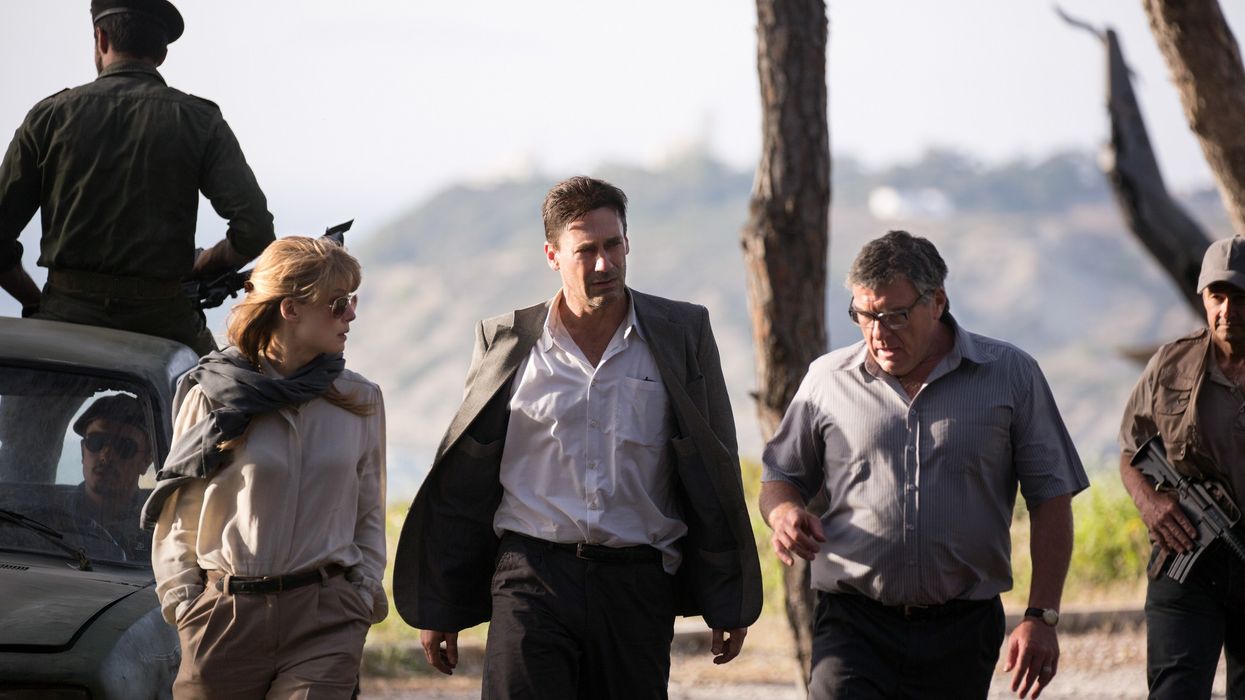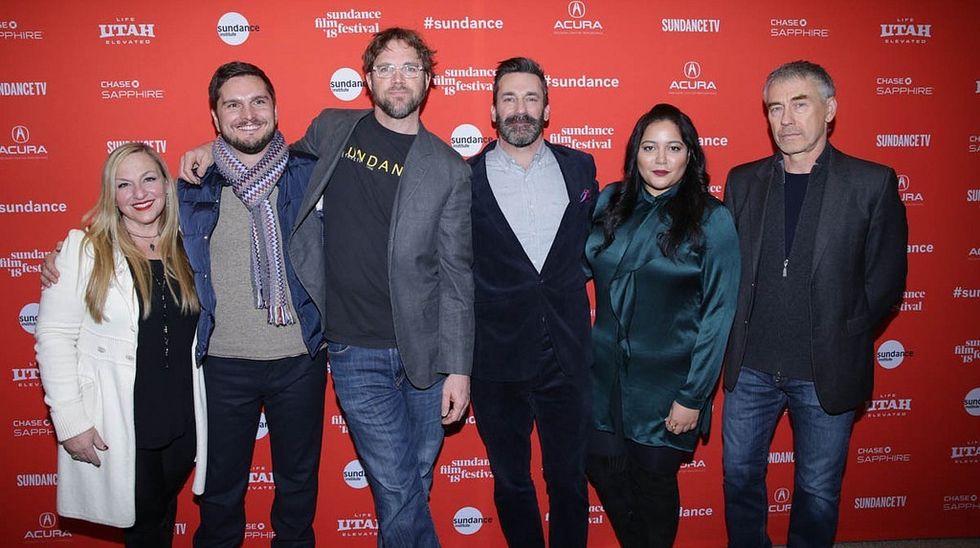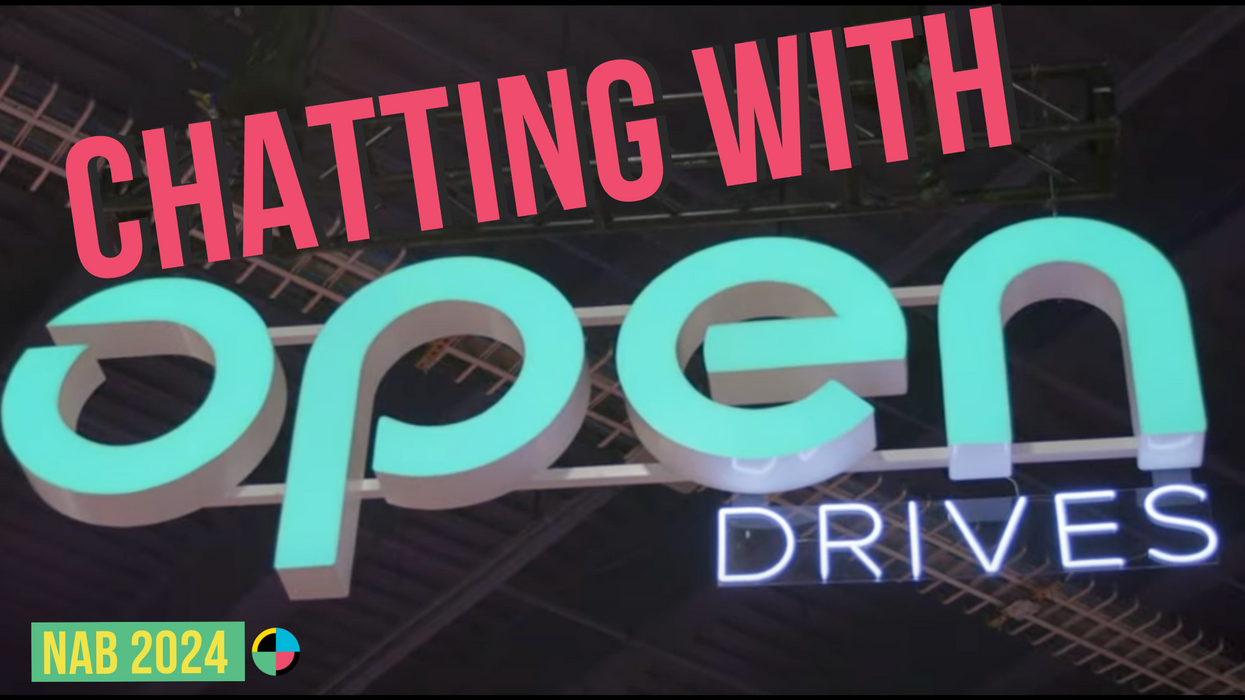'Beirut': DP Bjorn Charpentier on Creating the Sundance Spy Thriller's 'Dirty, Dark Look'
After ten years of commercial shooting, cinematographer Bjorn Charpentier premiered at Sundance.

Ten-year cinematographer Bjorn Charpentier comes from a commercial and music video background, and when he was sent the quarter-century-old script for Beirut, he fell for the period piece page-turner hard. Filmed largely in Morocco and led by experienced director Brad Anderson (The Machinist, Session 9), Charpentier’s first feature film screened in the Premieres section of the 2018 Sundance Film Festival. The movie is an espionage thriller set in 1970s and '80s Lebanon, and stars an alcoholic US diplomat (Jon Hamm) recruited to negotiate a hostage situation.
At Sundance's Zeiss Lounge, Charpentier chatted with Zeiss Cine Sales Manager Snehal Patel and shared some of the visual approaches to the film.
"Brad wanted an urgency—a handheld, dirty, dark look, with two cameras," Charpentier said. "We wanted a doc style, and not a classic Hollywood approach. The ground rules were no fill, no backlight, and no moon. We wanted the illusion that a scene could be lit only by car headlights.” Inspirations included David Fincher’s Gone Girl and Se7en, as well as night scenes from Roger Deakins’ Sicario.
Charpentier worked closely with the art department, whose office was wall-to-wall, floor-to-ceiling covered with photos of how Beirut looked in the '70s and '80s. On set, walls were painted—or fake walls constructed—so that white could be avoided. Charpentier requested a satin-finish on the paint so that the walls were more reflective—something that DPs often avoid.
“We needed to find a lighting philosophy that worked for two cameras and gave a visual tone,” he said. Light bounced off the colored walls and gave a funky cast that the filmmakers embraced. The time period inspired the filmmakers to use fluorescent lighting, with old tubes with color shifts that went a little green. The embrace of shine spanned departments: “I asked the makeup artist to give a shiny look to Hamm, instead of the usual matte finish,” Charpentier said. “Hamm is playing an older drinker in a hot country."
“I love the 75mm. I feel like it’s my eye.”
Charpentier lives in Belgium, and Beirut was shot in Morocco during Ramadan. Much of the local crew follows the Muslim religion and fasted during the shoot. Operating handheld with a heavy camera, Charpentier would try to be respectful of the crew by hiding his sips of water, until they caught him at it and encouraged him to chug away. Part of the heavy handheld package included anamorphic lenses, with Charpentier often opting for a 75mm paired with a 50 or 100mm on B camera. “I love the 75mm,” Charpentier shared. “I feel like it’s my eye.” The movie also used a 40, 50, 100, doubler, and zoom for long push-ins.
The streetlights in Morocco are a sodium and give an orange cast which Charpentier doesn’t like on skin tone, and when he asked the producer if a hundred streetlights could be swapped out to mercury vapor to give a bluer cast, the DP was shocked by the easy yes.
Generally, Charpentier aims to light a room, as opposed to a shot. “When we switch to the other side of the line, I want that turn around to be less than five minutes. The actors thanked me for it, because they can stay in character.” Most of the look of the film was done on set via lighting. Charpentier didn’t use a LUT on set: “We shot on my personal Alexa camera. I know the levels. I was didn’t want to use a LUT because I was afraid I’d be double-checking the scopes all the time. With REC 709 set as a look, I can see what I have, and I have room to adjust. We didn’t change the color much in post.”
After the Morocco shoot, the filmmakers shot one day in cold gray Boston. “It was winter and we were lucky to have a cloudy day, so we could shoot all in shadow and achieve a colder look. We had a gray sky and softer light, and we added a little blue-gray in color grading.”

“It was a big move for Brad to give me his confidence,” Charpentier said, considering that Beirut is his first feature film. “My philosophy is you make the movie in prep. I know lighting and I worked closely with the art department.” With four weeks of prep and a thirty-four day shoot, Charpentier showed up ready to storyboard and shotlist, to find that Anderson preferred to develop their coverage on the ground during production. “I spent a lot of time during prep re-watching movies,” Charpentier recalled, “and I spent a lot of time planning with the art department.”
For more, see our ongoing list of coverage of the 2018 Sundance Film Festival.
No Film School's podcast and editorial coverage of the 2018 Sundance Film Festival is sponsored by RODE Microphones and Blackmagic Design.













